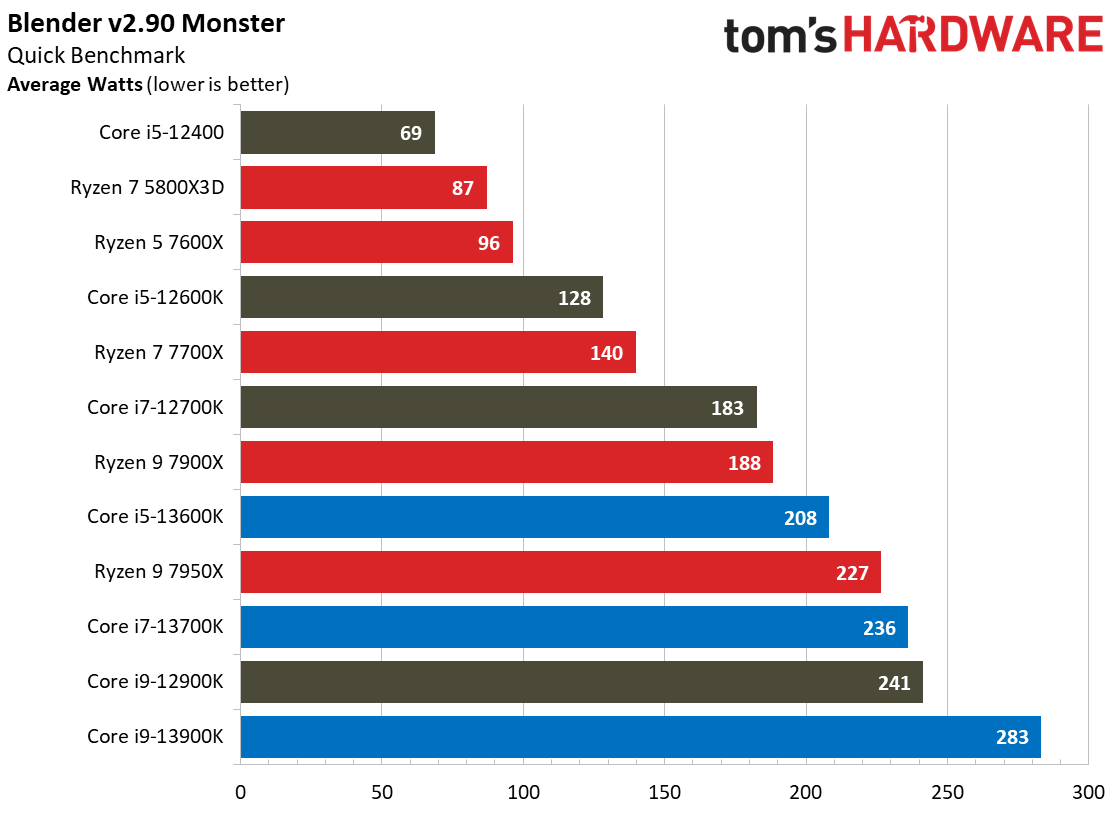Asus overclocker Shimano has confirmed that Intel's DLVR (Digital Linear Voltage Regulator) technology has been permanently disabled in its Raptor Lake CPUs. It may return in a future generation.
Asus Confirms Intel DLVR Was Fused Off in Raptor Lake : Read more
Asus Confirms Intel DLVR Was Fused Off in Raptor Lake : Read more


